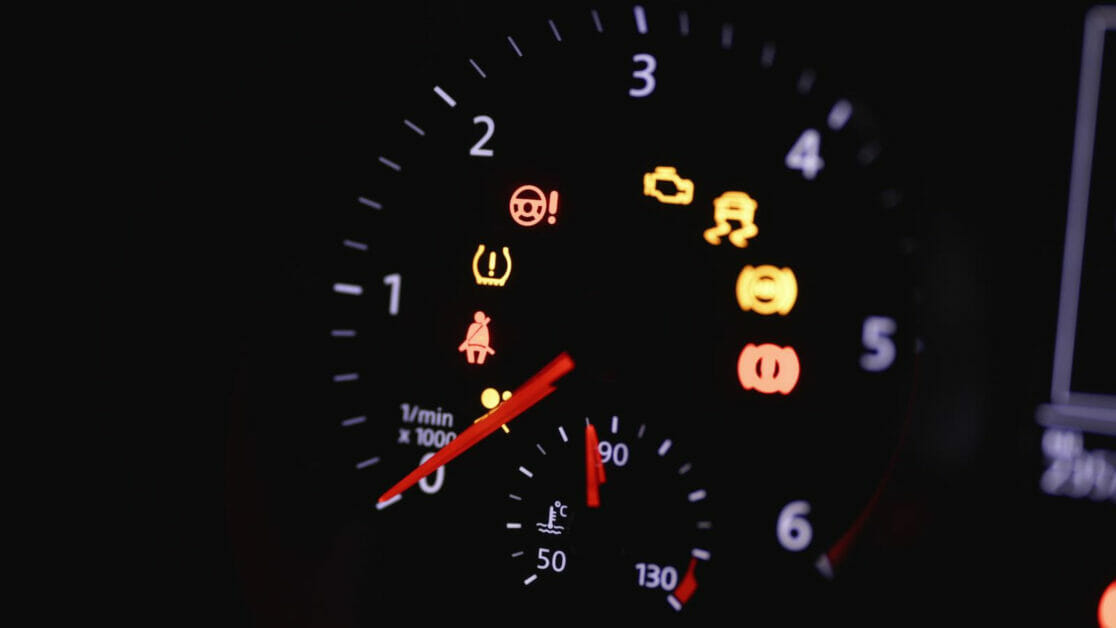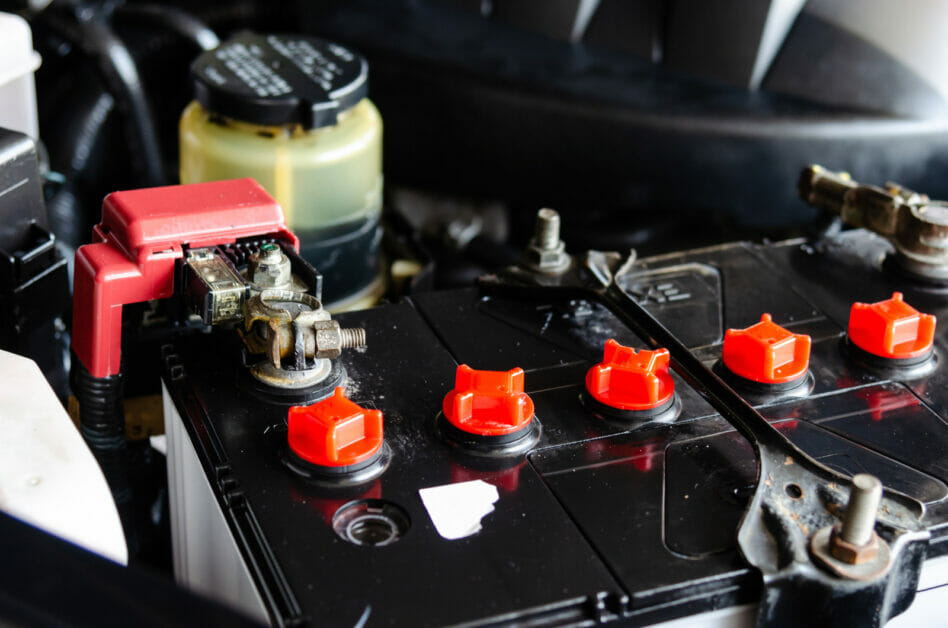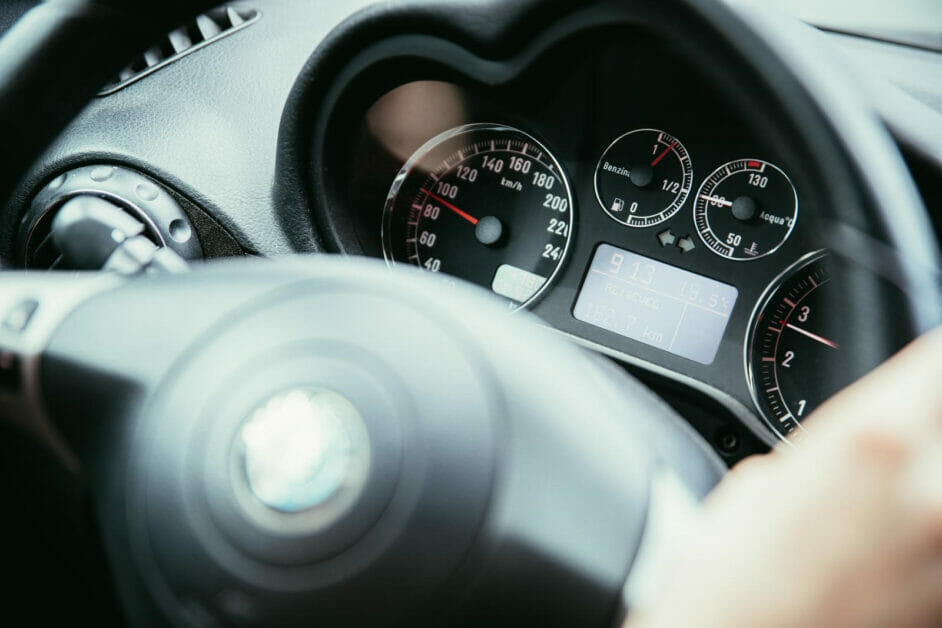Does Disconnecting Battery Reset Limp Mode? (Quick Fixes)

Encountering limp mode in a car can be a frustrating and concerning experience. This safety feature protects the engine and transmission from further damage by limiting the car’s speed and performance.
Disconnecting the battery can reset the limp mode on certain occasions. However, this doesn’t necessarily mean that the underlying issue is resolved. It is crucial to understand the potential causes of limp mode and take the appropriate steps to address them and keep our vehicles running smoothly.
Get ready to join me as I explain why it can work and what we should consider when dealing with limp mode!
Will Disconnecting Battery Reset Limp Mode
Limp mode is a low-power safety mode meant to prevent severe damage to your vehicle’s engine and transmission.
Thus, the vehicle’s protection system may activate the limp mode if the battery isn’t supplying enough power. This is particularly likely if the battery is old or damaged.
Although disconnecting the battery can sometimes help, it is not a guaranteed solution to reset limp mode.
Even after replacing the battery entirely, the limp mode might persist. As such, while a faulty battery can contribute to limp mode activation, it isn’t the only cause.
Sometimes, checking fluid levels or scanning the vehicle with an OBD scanner can help bypass limp mode.
So, in my experience, disconnecting the battery can occasionally reset limp mode, but it is not a surefire solution.
Identifying and addressing the underlying issue causing limp mode is crucial to resolve the problem.
Disconnecting the Battery to Reset Limp Mode

Procedure
Sometimes, when my vehicle enters limp mode, I attempt to reset it by disconnecting the battery. Here’s how:
- First, turn off the engine and remove the key from the ignition.
- Next, locate the battery under the hood and use a wrench to disconnect the negative cable, which is typically black.
- Let it sit for about 30 minutes, giving enough time for the car’s computer and voltage settings to reset.
- After waiting, carefully reconnect the negative cable to the battery terminal, ensuring it’s securely tightened.
- Then start your engine and pay attention to any warning lights on the dashboard. If the limp mode is gone, that’s a great sign!
However, be aware that the issue causing limp mode might persist again, and you need to address it properly. Disconnecting the battery is just a temporary fix.
What to Check After Disconnecting Battery to Reset Limp Mode
| Component to Check | Why it’s Important |
|---|---|
| Warning Lights | Ensure the warning lights indicating limp mode are no longer illuminated on the dashboard. |
| Battery Terminals | To verify they’re clean and securely connected after the battery is reconnected. |
| Vehicle Performance | Ensure the vehicle operates normally without signs of limp modes, such as poor acceleration or gear limitations. |
| Diagnostic Codes | Using an OBD2 scanner, check if any previous fault codes related to limp mode still exist. |
Indicators That Disconnecting Battery Did Not Reset Limp Mode
| Indicator | Explanation |
|---|---|
| Persistent Warning Lights | If warning lights on the dashboard, such as the check engine light, remain on or reappear soon after resetting, the limp mode likely hasn’t been permanently cleared |
| Recurrence of Limp Mode Symptoms | If symptoms such as reduced power, limited gear options, or poor acceleration return quickly, the underlying issue hasn’t been resolved |
| Diagnostic Codes Remain | If an OBD2 scanner still reads fault codes related to the previous limp mode after the battery reset, the issue still exists |
Repercussions

While disconnecting the battery can reset limp mode temporarily, it’s essential to understand that this action might not resolve the underlying issue.
The limp mode could return shortly after you start driving again or when the engine warms up.
One repercussion of this method is while it might seem like a quick fix, it could potentially mask a more serious problem with your vehicle’s performance or the alternator.
Additionally, acknowledge that repeatedly disconnecting and reconnecting the battery can potentially cause damage or affect the voltage settings of the vehicle’s electronics.
Lastly, understand that it’s crucial to use a proper diagnostic tool, such as an OBD2 scanner, to identify the root cause of the limp mode.
By doing so, you’re better equipped to address any issues with your vehicle and prevent further complications or potential damage.
Reasons Why Disconnecting the Battery Might Not Reset Limp Mode
| Reason | Explanation |
|---|---|
| Serious Mechanical Issue | A severe mechanical problem with the engine or transmission might need professional repair. |
| Sensor Malfunction | A faulty sensor might need to be replaced before the limp mode can be reset. |
| Computer System Error | The vehicle’s computer system might have a glitch that needs to be addressed by a professional mechanic or software update. |
| Insufficient Reset Time | The battery may not have been disconnected for long enough to fully reset the vehicle’s systems. |
References
Organizations:
- American Automobile Association (AAA). https://www.aaa.com/
- Automotive Service Excellence (ASE). https://www.ase.com/
Books:
- “Auto Repair For Dummies” by Deanna Sclar
- “Automotive Diagnostic Systems: Understanding OBD-I & OBD-II” by Keith McCord
Websites:
- AutoZone. https://www.autozone.com/
- CarTalk. https://www.cartalk.com/
